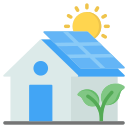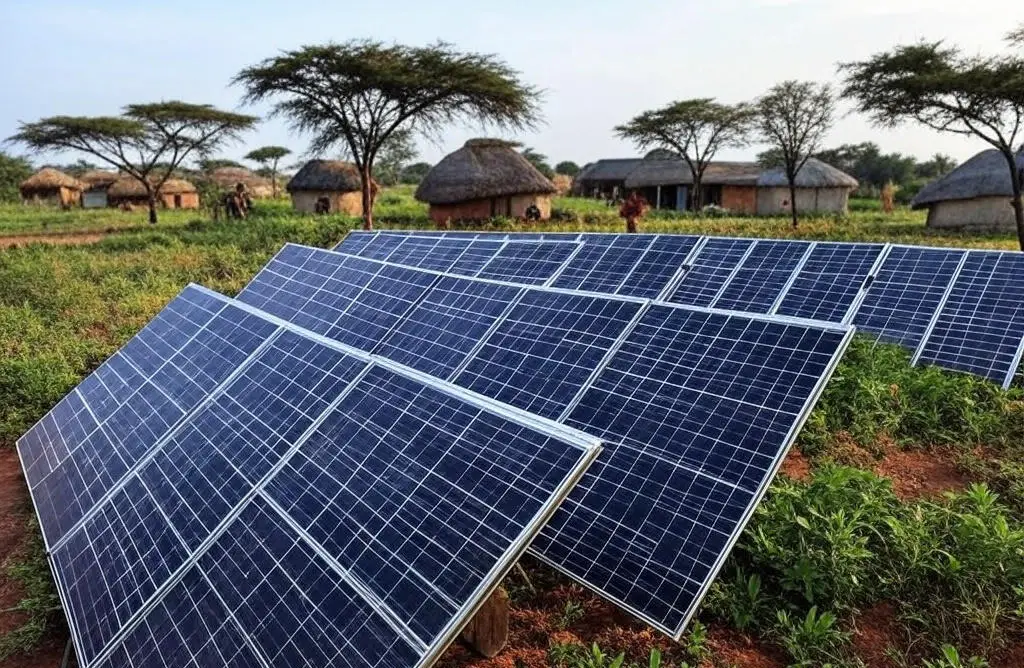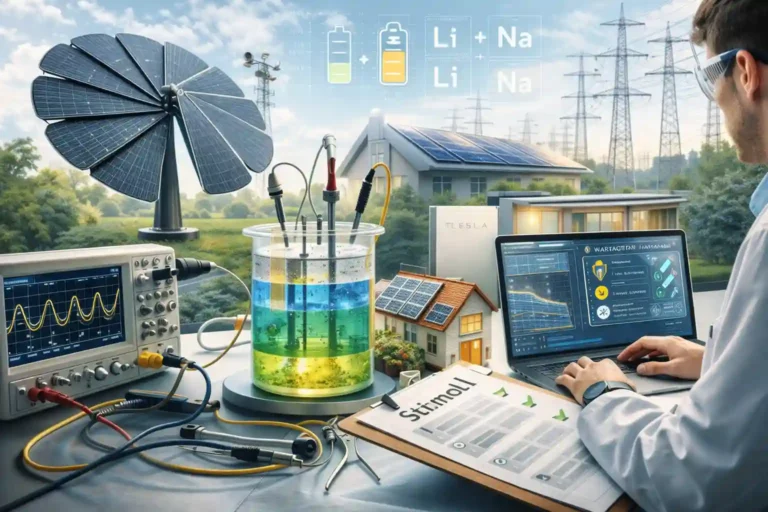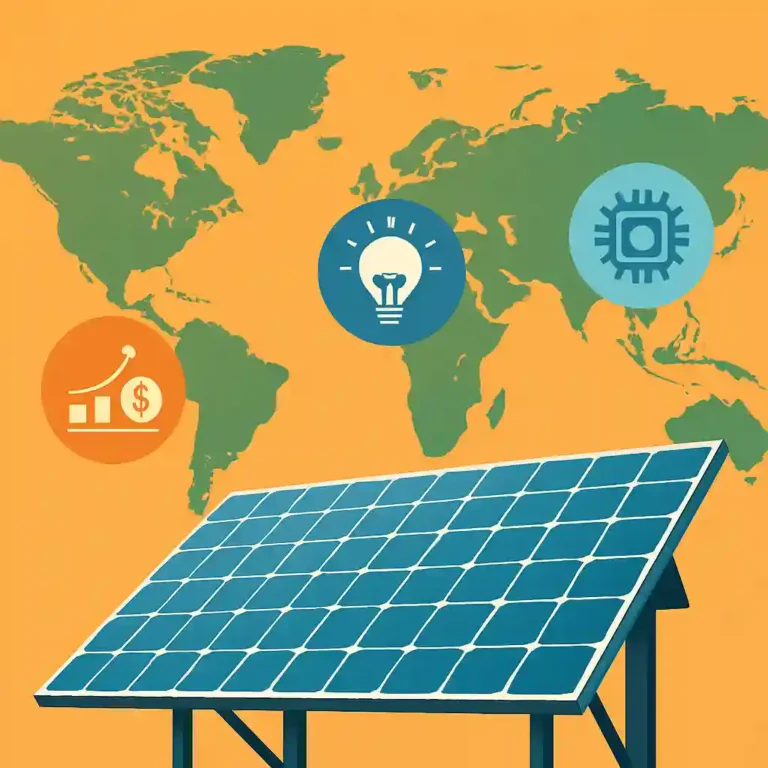Siemens Solar Launches Solar-Powered Telecom Initiative in Africa: Press Release
Siemens Solar is excited to announce the launch of a groundbreaking solar-powered telecommunications initiative in Africa, unveiled on April 07, 2025. This ambitious project aims to deploy over 1,000 solar-powered telecom stations across the continent by 2028, providing reliable, sustainable energy to support connectivity in remote and underserved regions. Partnering with African governments, telecom providers, and local communities, Siemens Solar is leveraging its advanced photovoltaic (PV) technology to bridge the digital divide while advancing renewable energy adoption. This press release-style article offers a comprehensive overview of the initiative, detailing its objectives, technology, implementation strategy, and transformative potential for Africa’s telecommunications landscape, underscoring Siemens Solar’s commitment to innovation and global sustainability.
A New Dawn for African Connectivity
Africa faces significant challenges in telecommunications, with over 300 million people lacking reliable mobile coverage due to limited grid access in rural areas. Traditional power solutions like diesel generators are costly, unreliable, and environmentally damaging, hindering the expansion of telecom networks. Siemens Solar’s initiative addresses this gap by deploying solar-powered stations that deliver clean, consistent energy to telecom towers, enabling broader connectivity and supporting economic growth.
The Middle East and Africa region has seen rapid solar growth, with capacity rising from 1 GW in 2015 to over 15 GW by 2023, according to the International Renewable Energy Agency (IRENA). Siemens Solar builds on this momentum, tailoring our expertise to Africa’s unique needs—abundant sunlight, vast rural landscapes, and a pressing demand for digital inclusion.
Key Objectives of the Initiative
The initiative is driven by clear goals:
- Connectivity Expansion: Install 1,000 solar-powered telecom stations by 2028, reaching 10 million new users.
- Sustainability: Reduce CO2 emissions by 50,000 tons annually.
- Economic Development: Create 3,000 local jobs in installation and maintenance.
- Community Impact: Enhance education and healthcare through better connectivity.
Technology Powering the Initiative
Siemens Solar’s telecom stations feature the latest SMX-Next panels (24% efficiency), robust battery storage, and smart inverters optimized for Africa’s climate—high heat, dust, and variable weather.
System Components
| Component | Feature | Benefit |
|---|---|---|
| SMX-Next Panels | 24% efficiency | High output in sunny conditions |
| Battery Storage | 20 kWh per station | 24/7 power availability |
| Inverter | Smart, dust-resistant | Reliable operation |
| Monitoring | Satellite-enabled | Remote diagnostics |
Each station, typically 10-20 kW, powers telecom towers with base stations, antennas, and communication relays. The dust-repellent coatings and heat-tolerant designs ensure performance in arid regions like the Sahel, while satellite monitoring reduces maintenance costs.
Implementation Strategy
The initiative unfolds in phases:
- Phase 1 (2025): Pilot 100 stations in Kenya and Nigeria.
- Phase 2 (2026-2027): Expand to 500 stations across West and East Africa.
- Phase 3 (2028): Complete 1,000 stations, targeting Southern Africa.
Partnerships with telecom giants like MTN and local governments ensure funding and regulatory support.
Real-World Impact
Kenya Pilot Project
In April 2025, Siemens Solar installed 10 stations in rural Kenya, each 15 kW, powering telecom towers for 50,000 users. The project cut diesel use by 95%, saving $200,000 annually.
Nigeria Expansion
A planned 50-station rollout in Nigeria by 2026 will connect 250,000 people, boosting local commerce.
Benefits and Challenges
Benefits include reduced costs ($20 million saved yearly across 1,000 stations) and emissions (50,000 tons CO2). Challenges like logistics and security are addressed with local partnerships and robust designs.
Future Vision
Siemens Solar aims to scale this initiative to 5,000 stations by 2035, integrating AI and hybrid systems.
Conclusion
This African telecom initiative is a bold step for Siemens Solar. Visit our site for more details.





